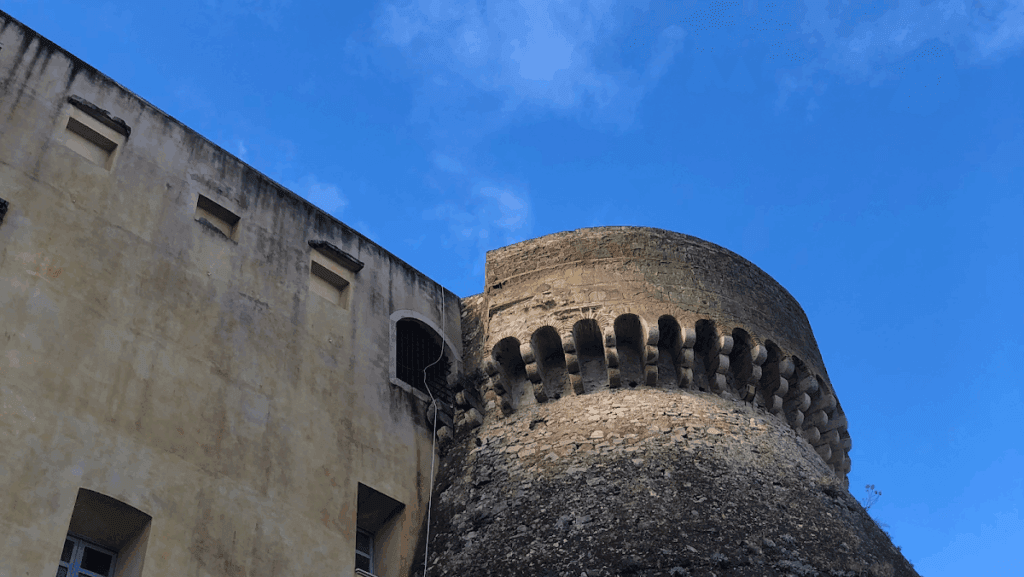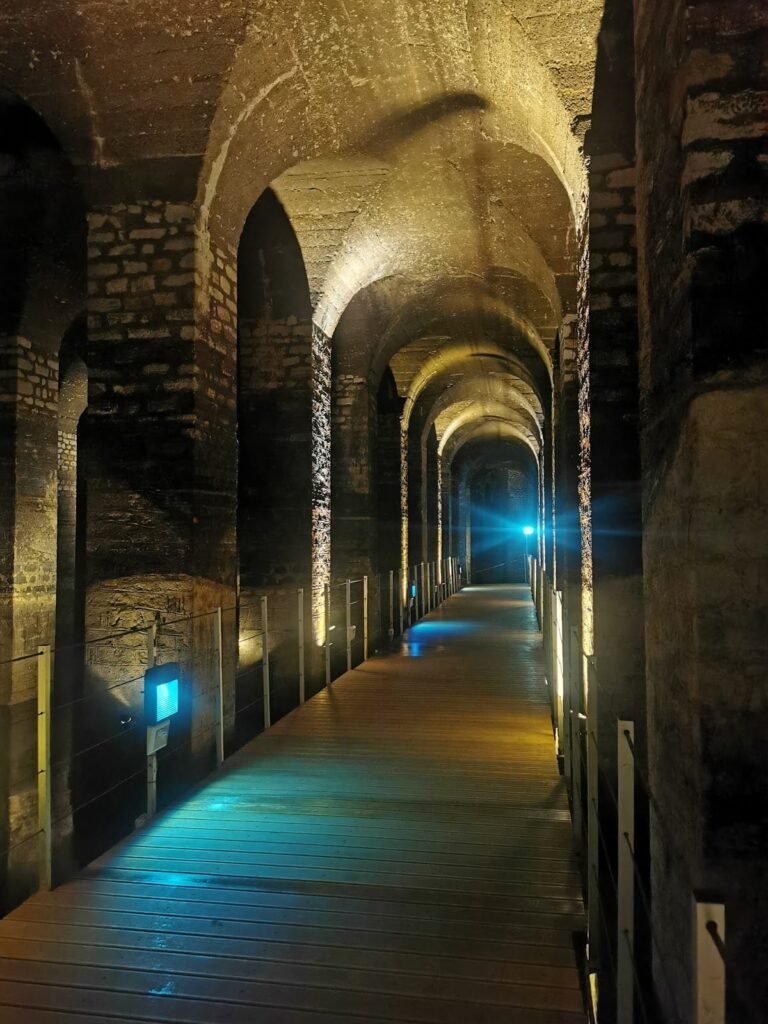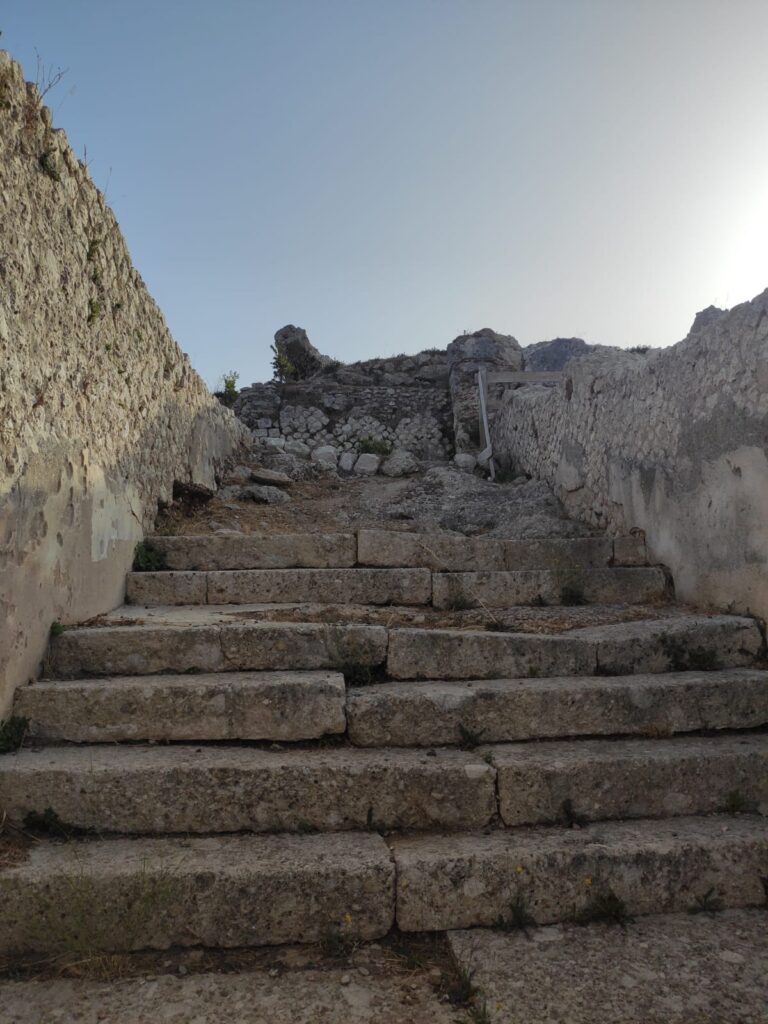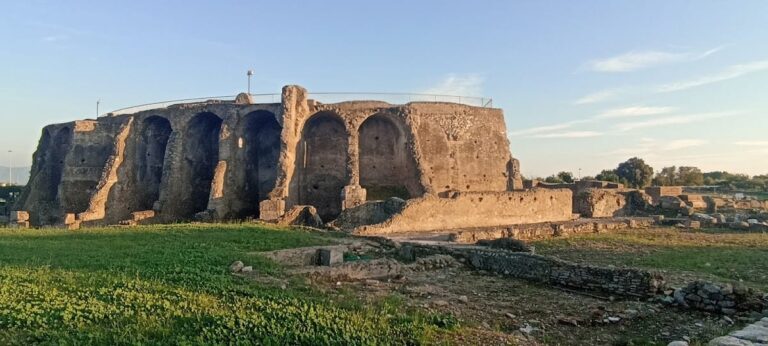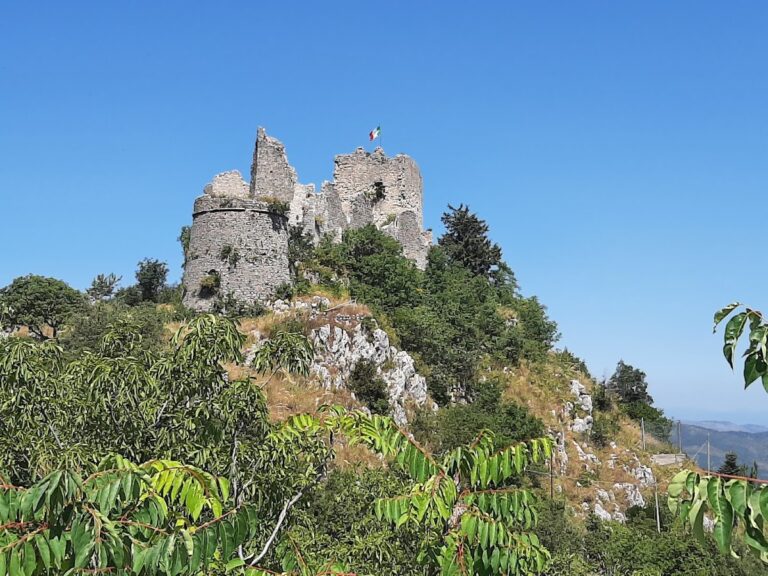Castello di Gaeta: A Historic Fortress in Italy
Visitor Information
Google Rating: 4.5
Popularity: Medium
Google Maps: View on Google Maps
Official Website: www.facebook.com
Country: Italy
Civilization: Medieval European
Remains: Military
History
The Castello di Gaeta stands in the town of Gaeta, Italy, and its origins can be traced back to the early medieval period. The fortress was initially established during a time of conflict and changing powers, with its first foundations likely dating to the 6th century amid the Gothic War or the 7th century during the Lombard expansion along Italy’s Tyrrhenian coast. Early written references to the site use the term “Kastrum,” reflecting its role as a fortified place.
Documented history of the castle becomes clearer during the early 13th century under the rule of Frederick II of Swabia, Holy Roman Emperor. In 1223, Frederick II undertook significant reinforcement of the castle’s defenses, acknowledging Gaeta’s strategic importance in ongoing disputes between the Empire and the papacy. This period marked the beginning of the castle’s development as a key military stronghold.
In the centuries that followed, the castle underwent major transformations, especially during the Angevin and Aragonese periods. The fortress as it stands today is best described as a combination of two connected structures: the lower section constructed by the Angevin dynasty, which ruled Naples from the 13th century, and the upper part built later under Aragonese control. Together, these expansions adapted the castle to evolving military needs and reflected the influence of different ruling powers over Gaeta.
The fortress saw further strengthening under Emperor Charles V of the Habsburg dynasty in the 16th century, who enhanced its fortifications and solidified its reputation as one of the most heavily defended military sites in Europe. This upgrade was part of broader Habsburg efforts to secure their territories amid regional conflicts.
In more recent history, the castle’s functions shifted from purely military to institutional uses. Until 1980, the Angevin section operated as a military prison, housing notable detainees including Nazi war criminals such as Herbert Kappler and Walter Reder, as well as Italian Jehovah’s Witnesses who were imprisoned for their refusal to serve in the military. After the prison closed, this wing was transferred to the University of Cassino, which plans to use it for academic activities related to maritime studies.
Meanwhile, the Aragonese part of the castle served educational military purposes as well. It was the location of the Carabinieri corps cadet school until the end of the Second World War. Today, it hosts the Guardia di Finanza’s nautical school, including a specialized unit focused on maritime finance.
One of the castle’s most notable features from the 19th century is the Torre di Gaeta, a tall tower within the Aragonese section. In 1849, King Ferdinand II of Bourbon commissioned the construction of the Royal Chapel beneath its dome, adding a religious and ceremonial space within the fortress walls.
Remains
The present-day Castello di Gaeta is an extensive complex covering about 14,100 square meters, formed by two interconnected buildings from different historical eras. The combination of the lower Angevin wing and the upper Aragonese section illustrates a layered architectural evolution shaped by successive rulers responding to shifting military demands.
The Angevin portion at the lower level was originally constructed under Angevin rule in the late medieval period. Designed primarily for strong defense, this section exhibits robust masonry typical of medieval fortifications. It was later adapted for use as a military prison, with internal modifications organized to accommodate detainees. These adaptations remained until the closure of the prison in 1980. Today, the Angevin wing retains much of its defensive character, even as reuses have altered some internal spaces.
Above this lies the Aragonese building, erected when the Aragonese dynasty controlled Naples and its territories. This part of the castle was developed to serve as a military educational facility, as evidenced by its function historically as the Carabinieri cadet school. Currently, it houses the naval school of the Guardia di Finanza, reflecting its longstanding association with maritime military training.
A prominent architectural feature is the Torre di Gaeta, the highest tower in the Aragonese section. This tower is crowned with a dome that encloses the Royal Chapel, added in the mid-19th century by King Ferdinand II of Bourbon. The chapel’s presence adds an important religious dimension inside what was primarily a military fortress. The dome and the chapel remain intact, distinguishing this tower within the castle’s silhouette.
Throughout its history, the castle’s fortifications were extensively enhanced, notably under Emperor Charles V, whose work transformed the site into one of the most formidable defensive structures in Europe. These improvements included thickened walls, bastions, and other military architectural features designed to withstand siege warfare. Much of this fortification work is still visible, giving insight into Renaissance military engineering.
The castle sits within the historic center of Gaeta, overlooking the Tyrrhenian Sea. Its location emphasizes its role in controlling maritime access and coastal defense. While specific interior details such as mosaics or inscriptions are not documented here, the overall structure is a well-preserved example of a multi-period fortress adapted through centuries for varied military and institutional uses.
